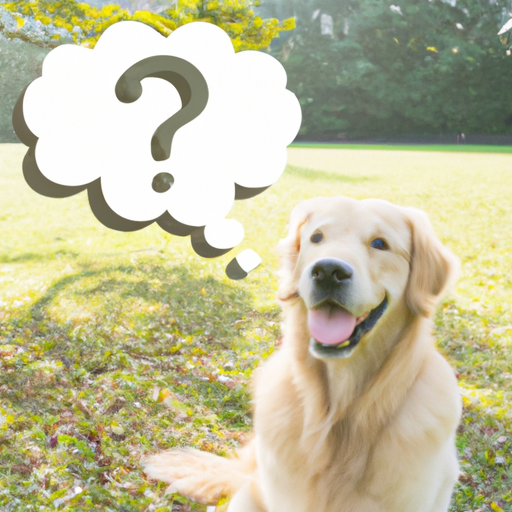The sight of a dog “smiling” is a heartwarming one, often evoking a smile in return from the human observer. But what’s behind these canine grins? Let’s delve into the mysteries behind this adorable behavior.
1. Understanding Canine Expressions
Just like humans, dogs use facial expressions to communicate. However, their language isn’t as straightforward as ours. You might think your fur baby is smiling because she’s happy, but there could be other reasons behind it.
- Stress: Sometimes, dogs “smile” when they’re anxious. This is known as a submissive grin, which is a dog’s way of showing that they’re not a threat.
- Excitement: Dogs often bear their teeth in excitement, which can resemble a human smile. This is particularly common during play.
- Panting: A panting dog can appear to be smiling, but they’re simply trying to cool down. Dogs pant to regulate their body temperature.
Remember, interpreting your dog’s expressions requires understanding of their overall body language.
2. Breed-Specific Smiles
Some breeds are more prone to “smiling” than others. Breeds like Golden Retrievers and Labradors are known for their friendly and expressive faces, often appearing to smile. In contrast, breeds with flatter faces like Bulldogs and Pugs might not appear to smile as much.
| Breed | Tendency to Smile |
|---|---|
| Golden Retriever | High |
| Labrador | High |
| Bulldog | Low |
| Pug | Low |
3. Conditioning and Training
Dogs are incredibly perceptive creatures, and they often mirror human behavior. If your dog sees you smiling often, they might mimic this behavior. Some dogs are even trained to “smile” on command!
4. The Science Behind Dog Smiles
Scientifically, dogs don’t smile the same way humans do. Humans smile as a social signal, while dogs use their entire body to communicate. That being said, research suggests that dogs do have a range of emotions and can express happiness.
5. Health Implications
While a dog’s “smile” is typically a sign of contentment or submission, it can sometimes indicate a health issue. Dental disease, for instance, can cause a dog to hold its mouth in a way that resembles a smile. If your dog “smiles” excessively or seems to be in pain, it’s best to consult a vet.
FAQ
1. Do all dogs smile?
No, not all dogs “smile”. The behavior varies depending on the breed and individual dog.
2. Is a dog’s smile a sign of happiness?
Not always. Dogs “smile” for various reasons, including stress, excitement, or panting. It’s crucial to understand your dog’s overall body language.
3. Can I train my dog to smile?
Yes, some dogs can be trained to “smile” on command. However, remember that this is a learned behavior rather than a natural expression of emotion.
4. Should I be worried if my dog smiles a lot?
If your dog’s “smile” is accompanied by signs of discomfort or pain, it’s best to seek veterinary advice. Otherwise, enjoy your dog’s adorable expressions!
Remember, your four-legged friend can’t tell you how they’re feeling, so it’s up to you to interpret their signals. Happy decoding!



